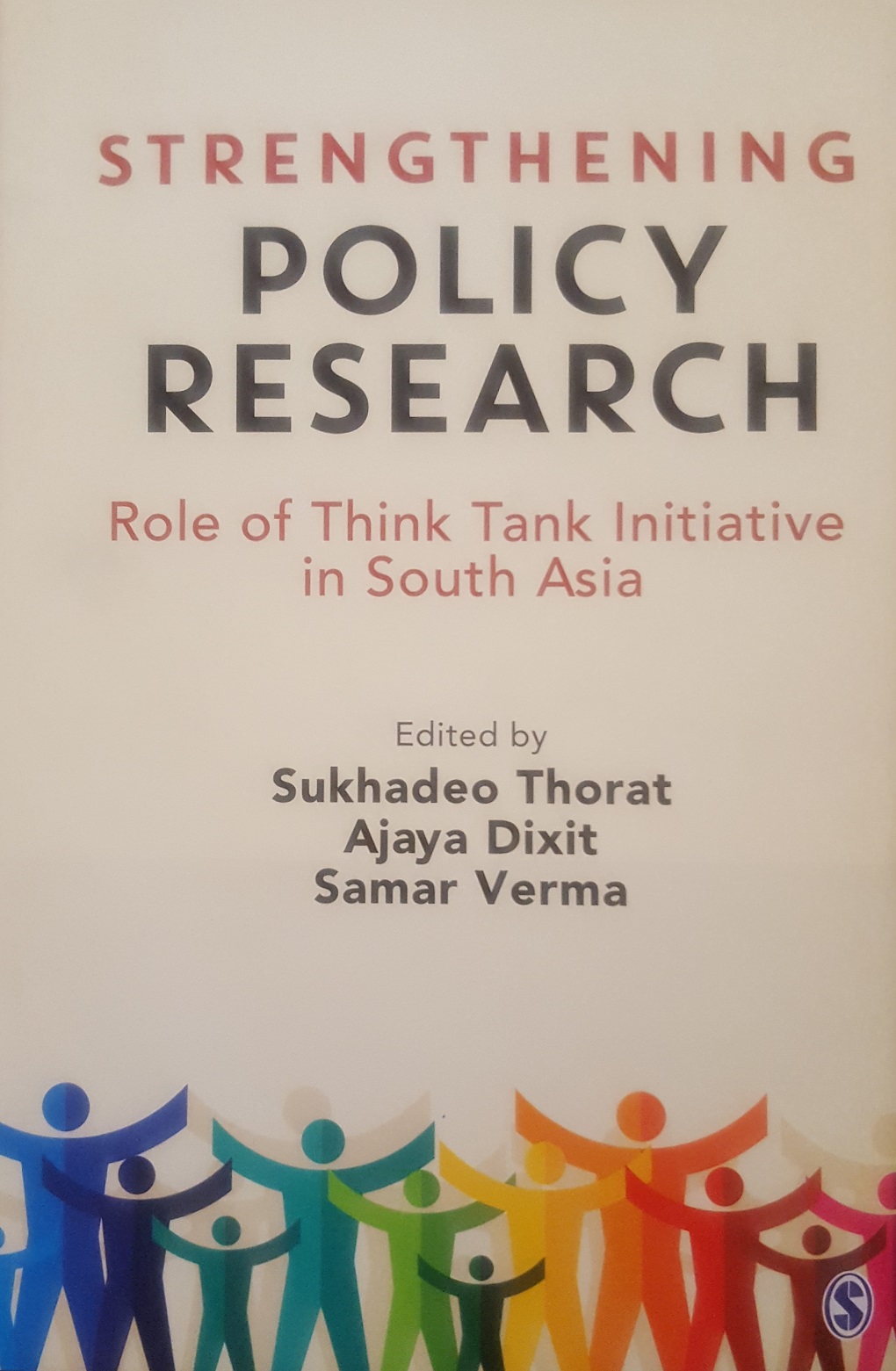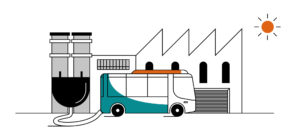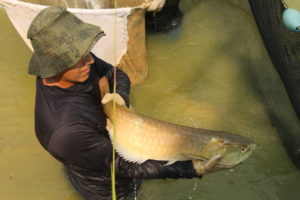Maybe one of the least well understood policy actors in South Asia is the think tank community. Given the diversity of think tanks it is unclear to those outside (and even some inside) the policymaking community what these institutions are, who funds them, how they influence policy, and how effective or ineffective they are. A new book, “Strengthening Policy Research: Role of Think Tank Initiative in South Asia”, helps a great deal in opening up this space.
The edited book is ostensibly only about the Think Tank Initiative instituted by Canada’s International Development Research Centre (IDRC), with joint funding by the UK’s Department for International Development, the Bill & Melinda Gates Foundation, the Dutch Ministry of Foreign Affairs (2009-14) and the Norwegian Agency for Development Cooperation. In reality, though, it goes far beyond that, examining the role of think tanks in South Asia, situating 14 think tanks in five countries – Bangladesh, India, Nepal, Pakistan and Sri Lanka – in the policy context of their countries, and examining their strengths and weaknesses.
In fact it may be useful to read the book backwards. The second last chapter, Chapter 21, “The Role of Think Tanks in South Asia: A Synthesis”, written by the three editors – Sukhadeo Thorat, Ajaya Dixit, and Samar Verma – asks the most detailed questions on the role of funding, independence, credibility, and sustainability. What, in the end, is the use of a think tank? It is not as if the government does not have research capability, or that data does not exist elsewhere. But in South Asia much of this research is generated by the government – or government-funded universities. As such, alternative policy ideas are articulated only by political parties. By definition these will – by design or design failure – exclude some options, and they will all be looked at as politically driven.
A think tank is, ostensibly, an institution that provides policy alternatives, or well-researched critiques of dominant policy ideas, that opens up a space for the government to do its job better. It is not an oppositional space, such as a legislature, but an independent one. Therefore the credibility and independence of a think tank is critical to the role it seeks to pursue. The authors quote a paper by Sanjay Verma, “Credibility is often narrowly interpreted as ‘financial independence’ – the extent to which research agendas and impact pathways are influenced by the source of funding… Think tanks have recently been accused – directly and implicitly – of acting as policy lobbyists on behalf of funders, exposing them to allegations of being ‘foreign agents’ or ‘corporate sector lobbyists’. Admittedly, being an active policy interlocutor in seeking to influence policy can be precarious. It is important to bear in mind that financial independence is only one dimension of credibility.”
One way of dealing with this credibility issue is for think tanks to work with a variety of projects, from a variety of sources, so that they are not dependent on funds from only one source. This allows them to pursue an overall objective through many small steps.
But this funding model is also at the heart of the crisis of think tanks. As chapter after chapter notes, across South Asia, think tanks have faced a problem of dwindling resources for long-term sustainability of institutions. Some, like the Centre for Policy Research (CPR) in India, have managed to secure large private sector funds, but this has been at the cost of having a large part of the money tied to specific projects. As soon as a project ends, the money is gone. Nor do these funds take into account the money spent in designing and bidding for additional projects. On setting up the Institute for Social and Environmental Transition – Nepal, whose funds were primarily project based, Ajaya Dixit writes about the realisation that “in 2010, its governance and organisation management was ad hoc”. The journey of his institution is, perhaps, the most illustrative of how new institutions struggle to make their mark and sustain themselves in the policy world.
A key part of the Think Tank Initiative (TTI) that led to this book was that 60% of its funding was non-project oriented core funding to help strengthen and organise the 14 think tanks chosen. Every chapter by the think tanks themselves highlights how important – and rare – such funding was. It also raises the obvious question of what happens when the TTI ends, and this large chunk of non-project dedicated funds dries up in 2019.
The book also illustrates how the various think tanks measure their success, and the most impressive changes they have been able to make during the course of TTI in helping shape legislation, or inputting into teaching curricula at universities. While this is an excellent measure of sustainability of outcomes, a key aspect of think tank work is ignored throughout. While think tanks measure their successes through policy outcomes, who are they – in the end – responsible to? It is implicit in many of the chapters that think tanks are dependent on community outreach, but the role of the public in determining what think tanks do goes unremarked.
The very reason that think tanks exist is because dominant, politically driven policies ignore certain communities and certain realities. Without the involvement of communities, think tanks risk adding to the same problem that they are committed to combatting. This is not to suggest that the TTI only funded exclusive institutions – the Institute of Dalit Studies is a prominent corrective to that – just that this issue is not discussed.
Community involvement ties into the funding, credibility and independence issues as well. If think tanks remain dependent on money from government projects, or large private donors who have made their money in specific ways, certain policy issues will be – by default – excluded, a point made forcefully in the US context by Anand Giridharadas in his recent book Winners Take All.
Given the crisis in development, in the very slow response of the global community to climate change, in which communities who have not been part of the problem are paying the greatest costs, this issue of community involvement has to become central to the debate on policy solutions. This book on TTI opens the door to that, but there needs to be clear and well-designed follow ups. Just as the TTI was designed keeping in mind that the problems of the South will not be resolved with only research inputs from the North, the problems of many South Asian countries – created and ignored by over-centralised states – will not be resolved without the input of communities that are most affected.
This may seem like a very ambitious proposition, but it is in line with an excellent quote in the book itself, from Milton Friedman, “Only a crisis – actual or perceived – produces real change. When the crisis occurs, the actions that are taken depend on the ideas that are lying around. That, I believe, is our basic function: to develop alternatives to existing policies, to keep them alive and available until the politically impossible becomes the politically inevitable.”
The involvement of communities in policy solutions currently seems, if not politically impossible, certainly politically improbable. But with the crisis of climate change affecting South Asia, solutions have to be presented that could make this possible, even inevitable, if we are willing to design them that way.






![A wild Bengal tiger in Bandhavgarh National Park in Madhya Pradesh [Image by: Mark Smith/Alamy]](https://dialogue.earth/content/uploads/2015/01/wild-tiger-300x200.jpg)
![Jagdishpur lake in Nepal, full of birds [image by: Manoj Paudel]](https://dialogue.earth/content/uploads/2019/03/Birds_Manoj-Paudel_17-300x142.jpg)

